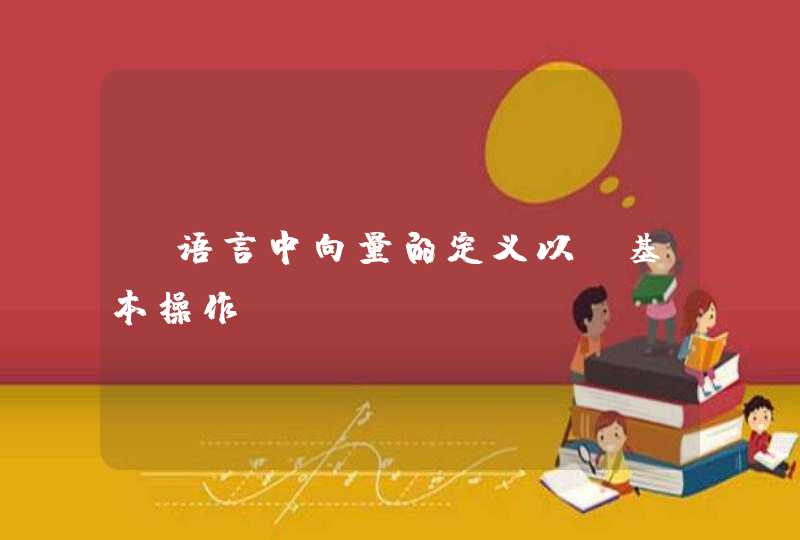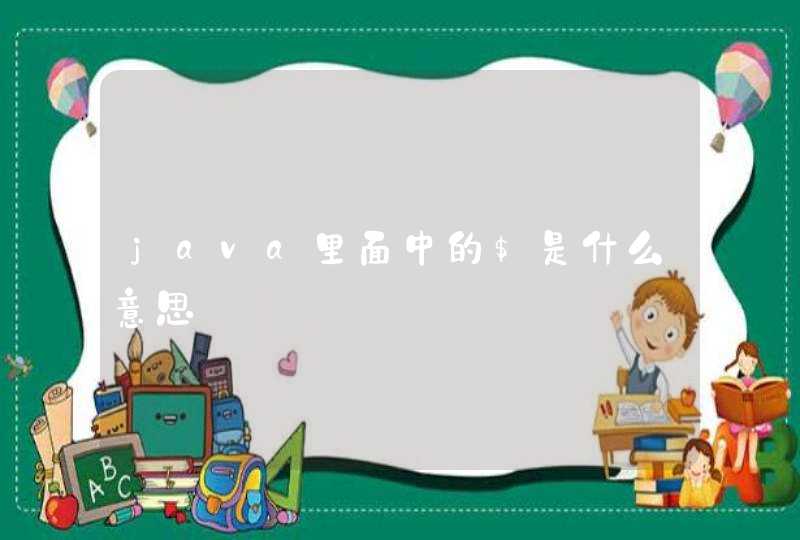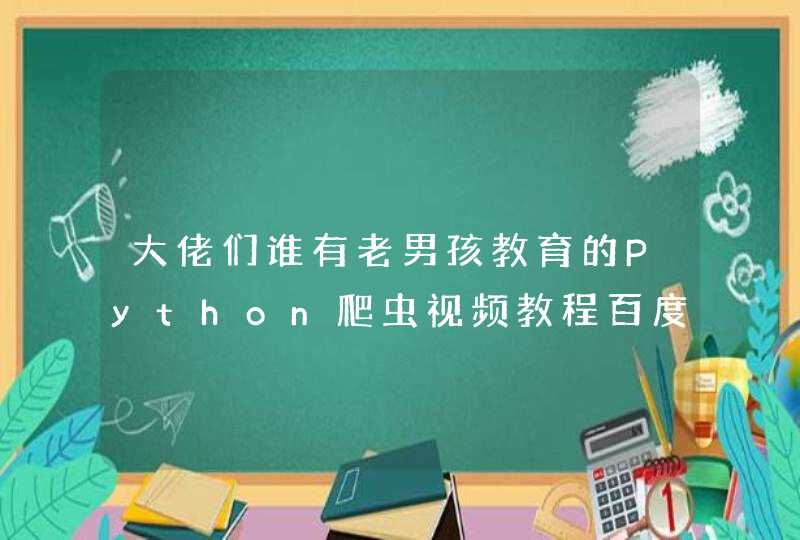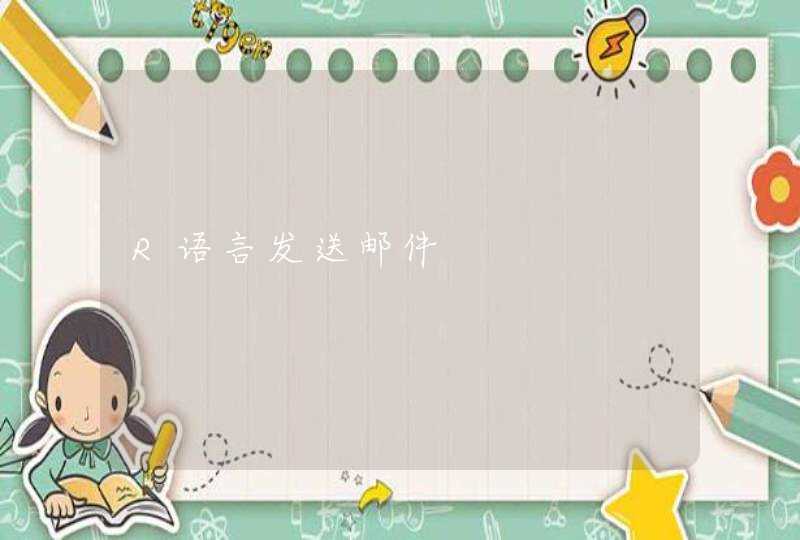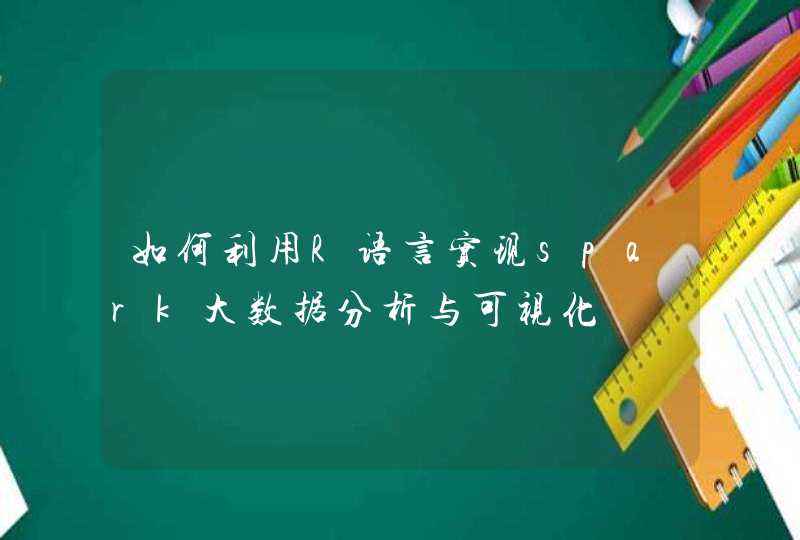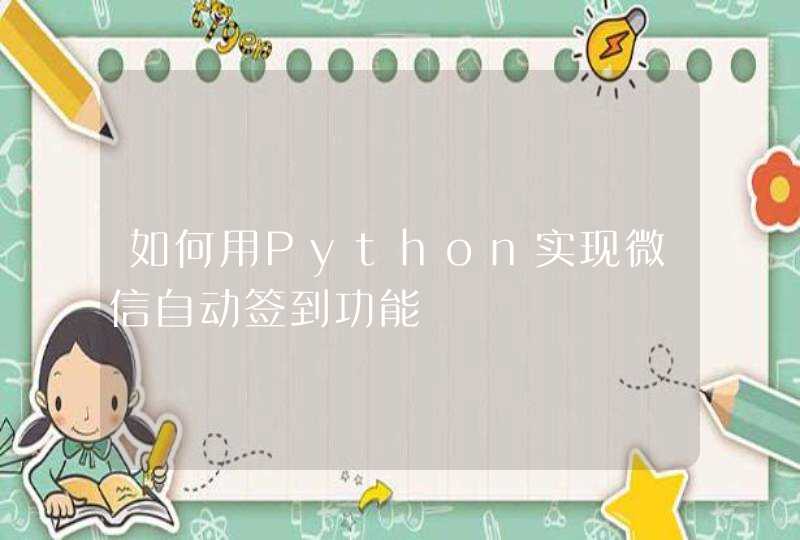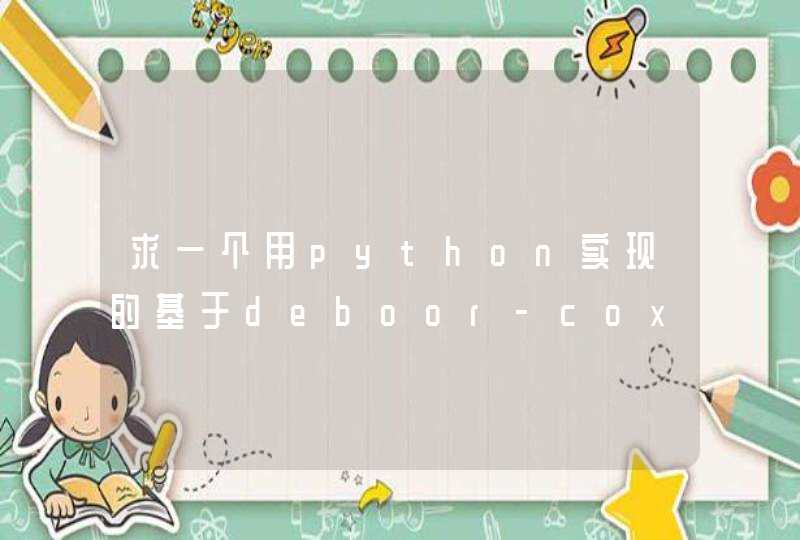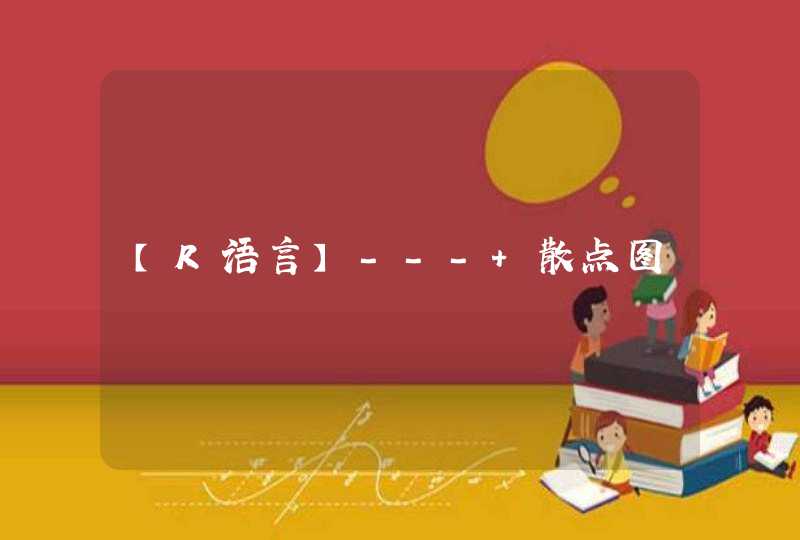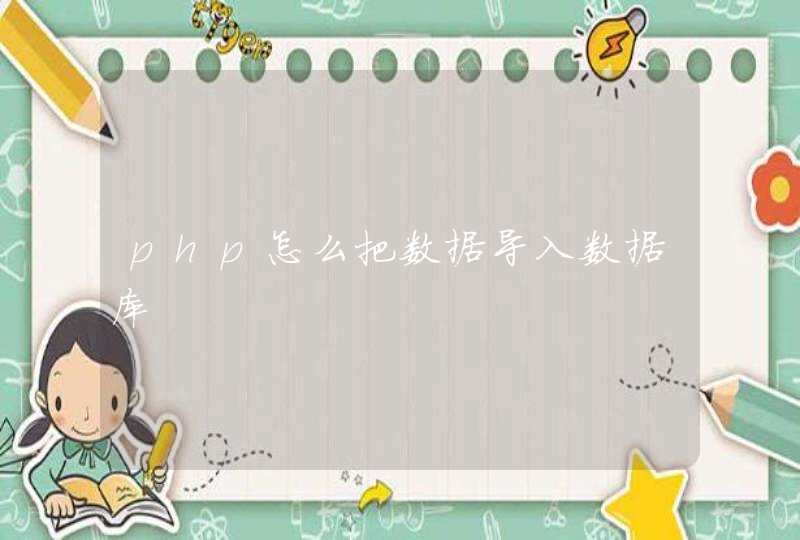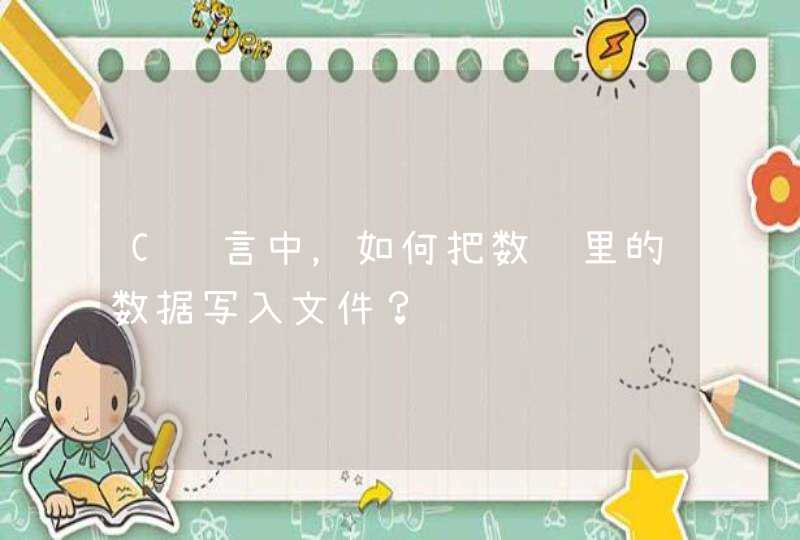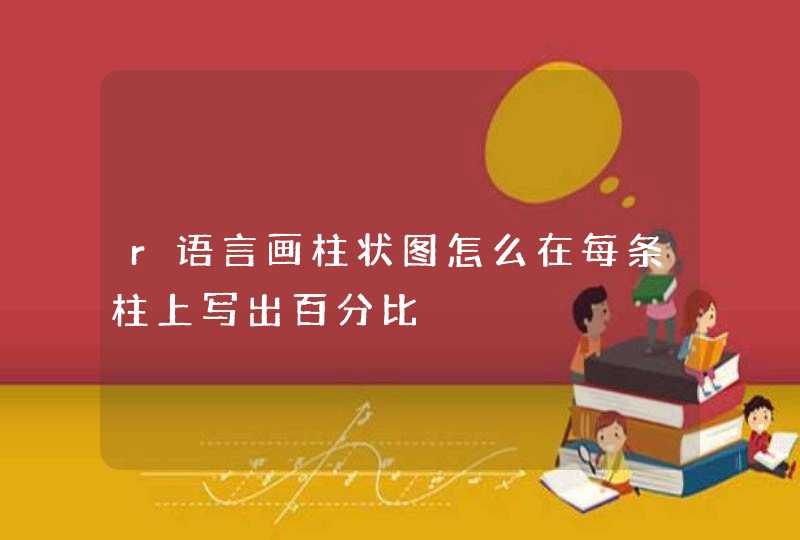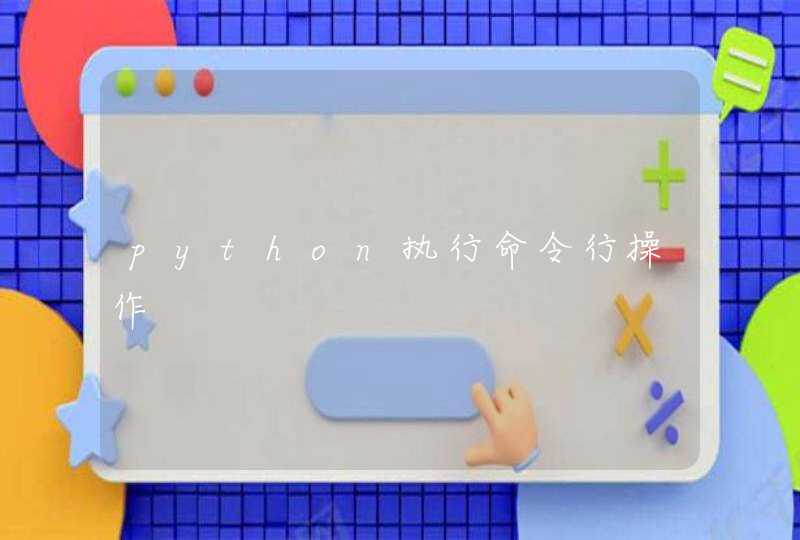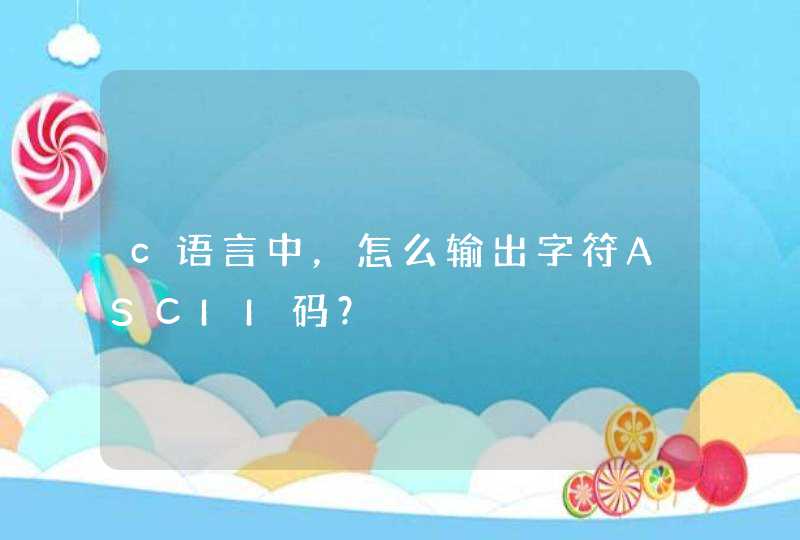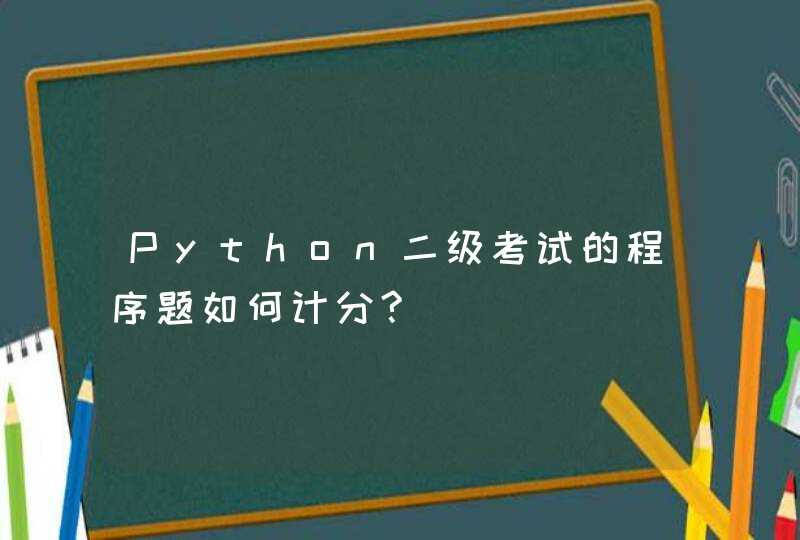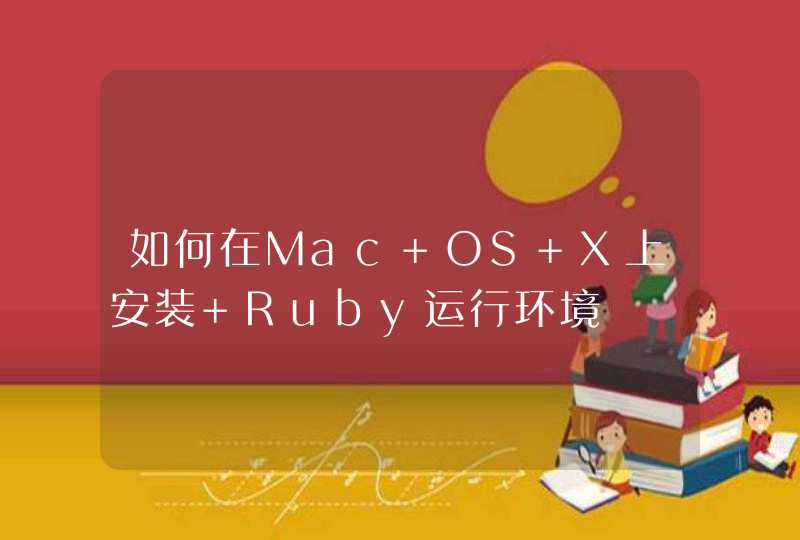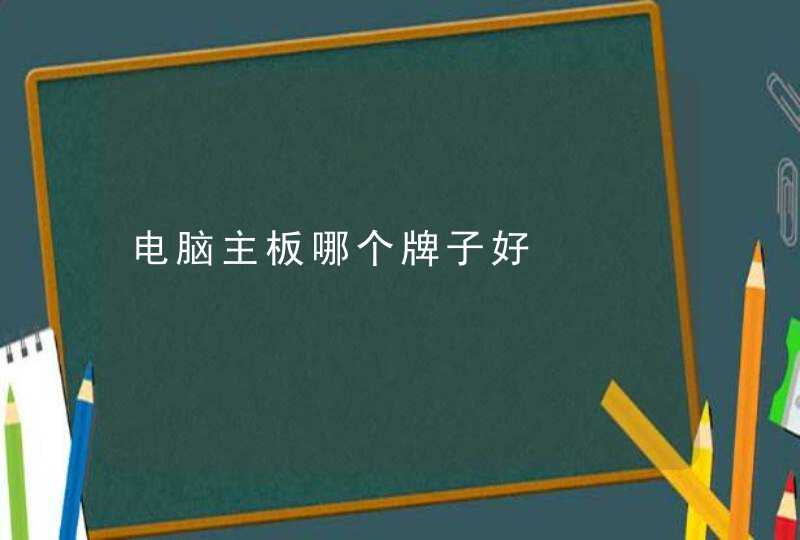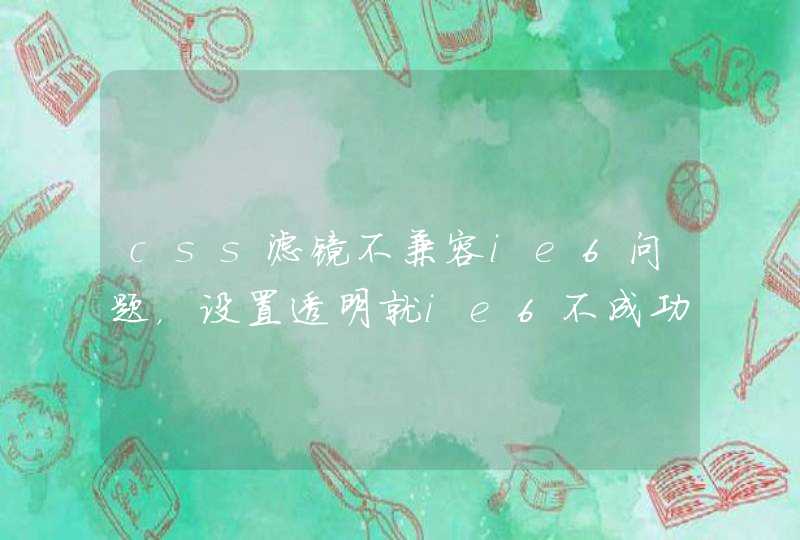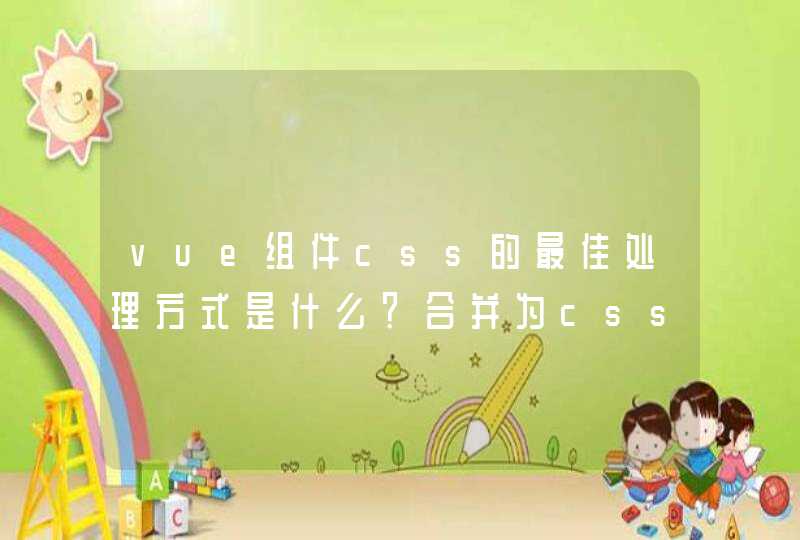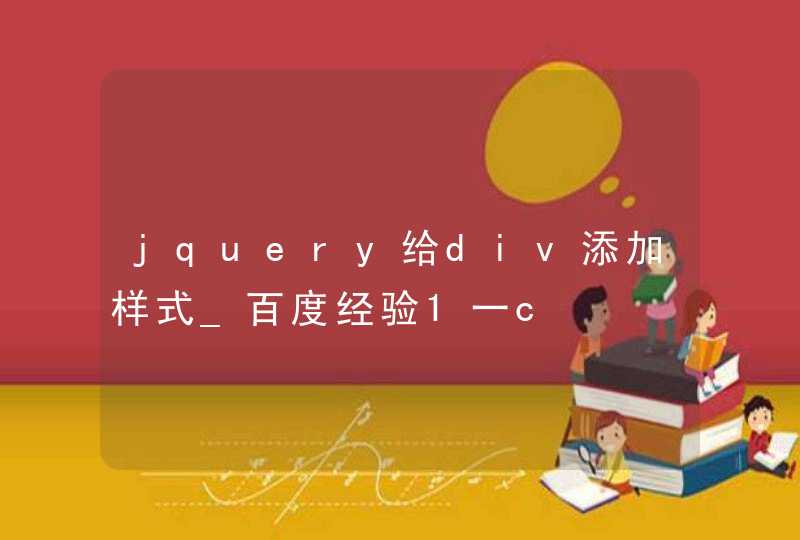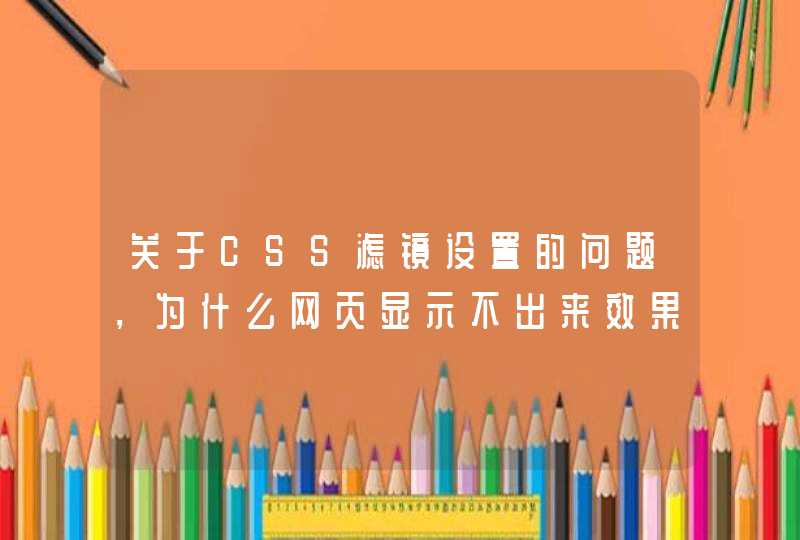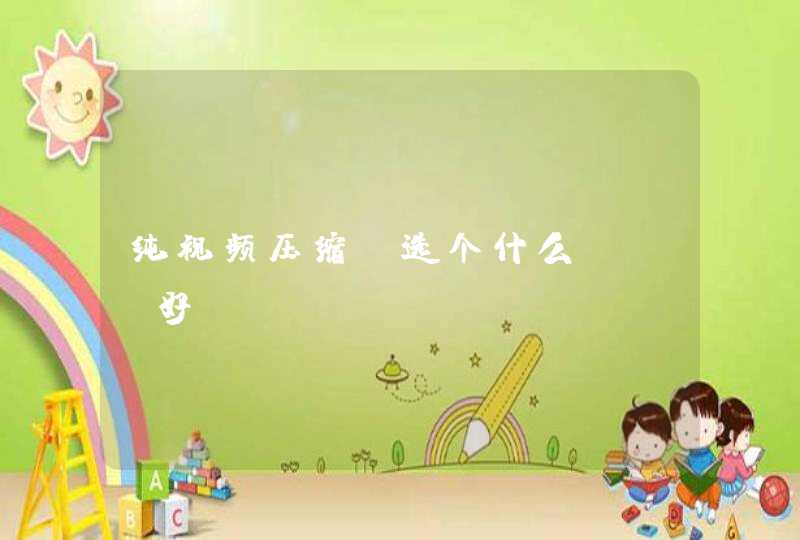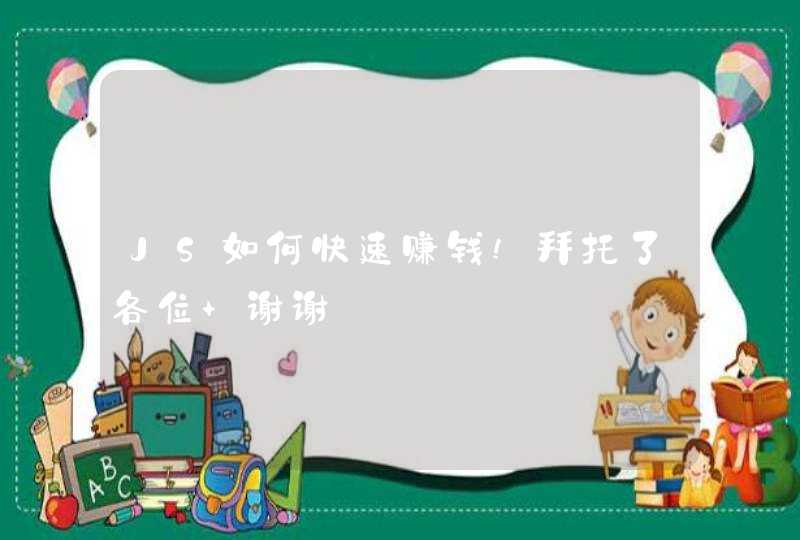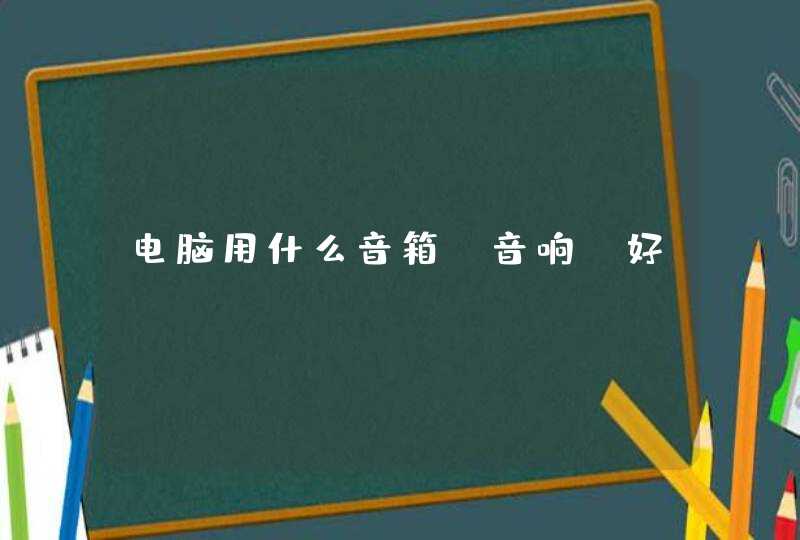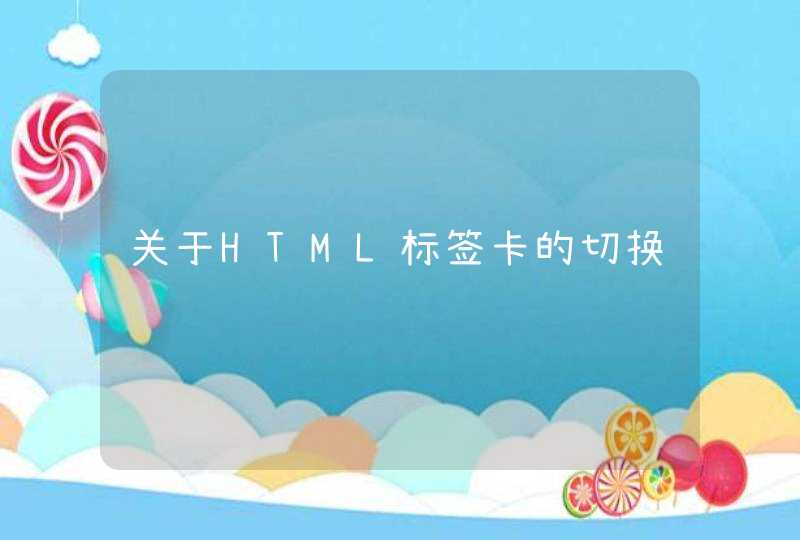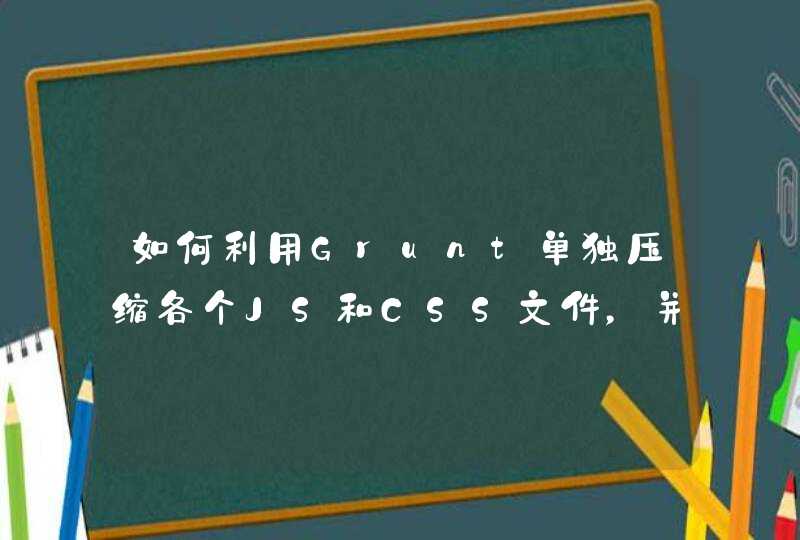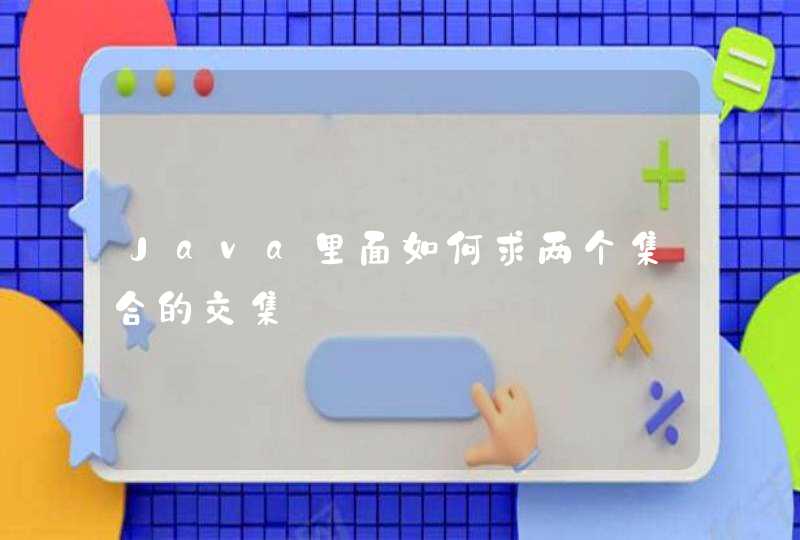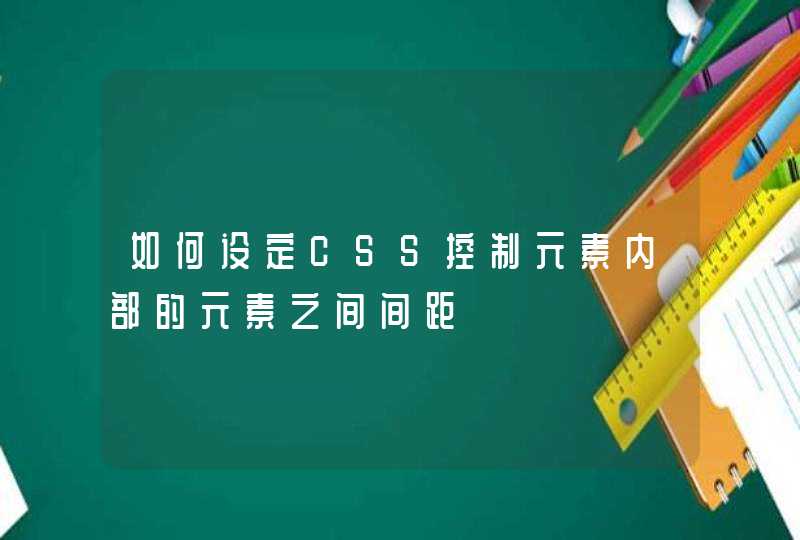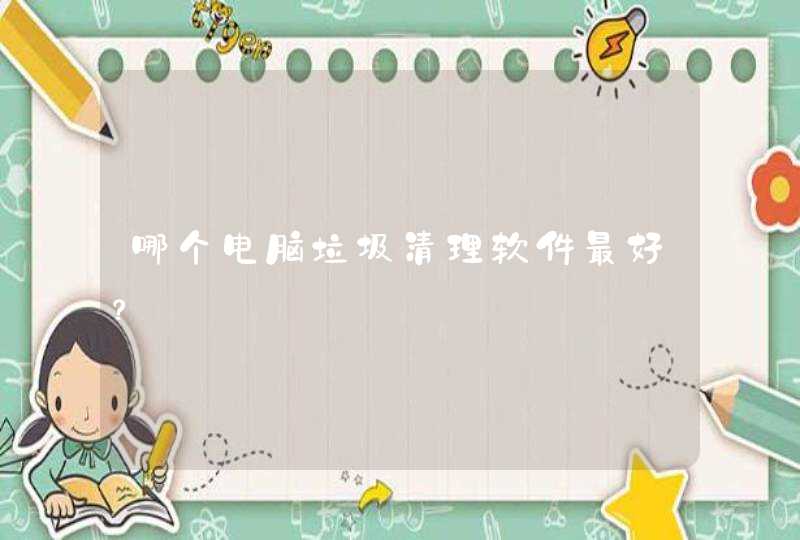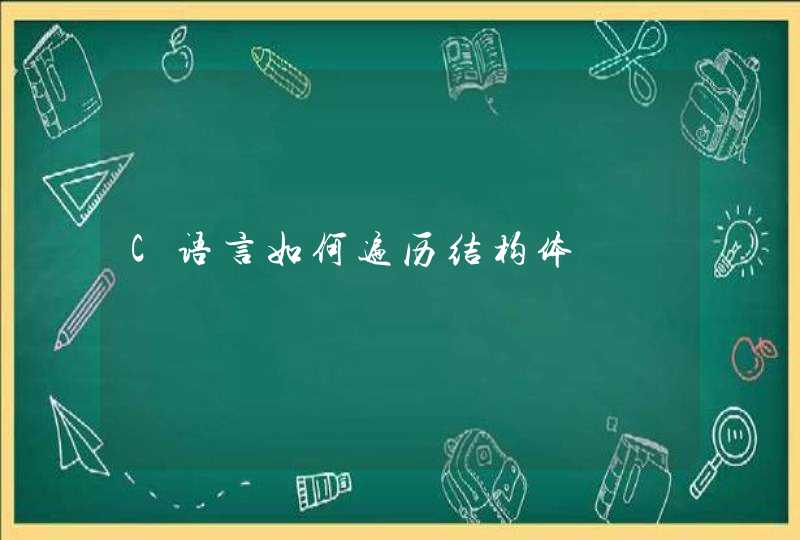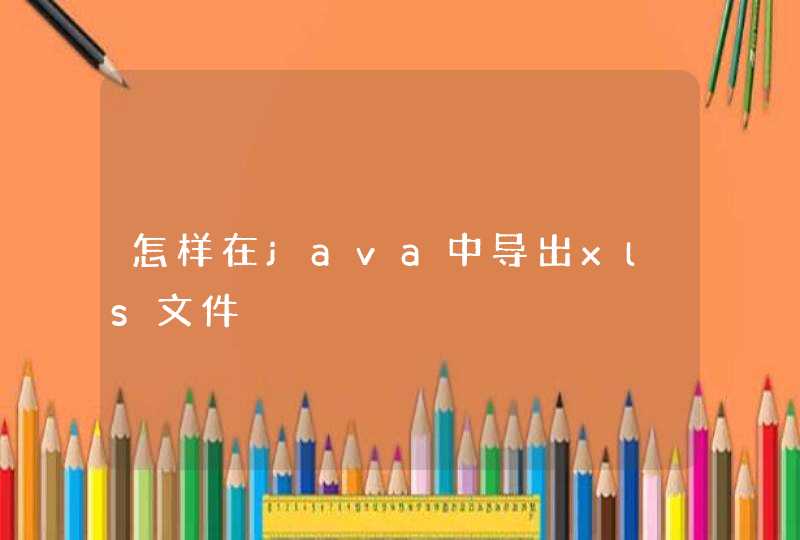
import org.apache.poi.hssf.usermodel.*
import java.io.FileOutputStream
import java.io.IOException
publicclass CreateCells
{
publicstaticvoid main(String[] args)
throws IOException
{
HSSFWorkbook wb = new HSSFWorkbook()//建立新HSSFWorkbook对象
HSSFSheet sheet = wb.createSheet("new sheet")//建立新的sheet对象
// Create a row and put some cells in it. Rows are 0 based.
HSSFRow row = sheet.createRow((short)0)//建立新行
// Create a cell and put a value in it.
HSSFCell cell = row.createCell((short)0)//建立新cell
cell.setCellValue(1)//设置cell的整数类型的值
// Or do it on one line.
row.createCell((short)1).setCellValue(1.2)//设置cell浮点类型的值
row.createCell((short)2).setCellValue("test")//设置cell字符类型的值
row.createCell((short)3).setCellValue(true)//设置cell布尔类型的值
HSSFCellStyle cellStyle = wb.createCellStyle()//建立新的cell样式
cellStyle.setDataFormat(HSSFDataFormat.getFormat("m/d/yy h:mm"))//设置cell样式为定制的日期格式
HSSFCell dCell =row.createCell((short)4)
dCell.setCellValue(new Date())//设置cell为日期类型的值
dCell.setCellStyle(cellStyle)//设置该cell日期的显示格式
HSSFCell csCell =row.createCell((short)5)
csCell.setEncoding(HSSFCell.ENCODING_UTF_16)//设置cell编码解决中文高位字节截断
csCell.setCellValue("中文测试_Chinese Words Test")//设置中西文结合字符串
row.createCell((short)6).setCellType(HSSFCell.CELL_TYPE_ERROR)//建立错误cell
// Write the output to a file
FileOutputStream fileOut = new FileOutputStream("workbook.xls")
wb.write(fileOut)
fileOut.close()
}
}
从以上例子,可以清楚的看到xls文件从大到小包扩了 HSSFWorkbook HSSFSheet HSSFRow HSSFCell这样几个对象。还可以在cell中设置各种类型的值。尤其要注意的是如果你想正确的显示非欧美的字符时,尤其象中日韩这样的语言,必须 设置编码为16位的即是HSSFCell.ENCODING_UTF_16,才能保证字符的高8位不被截断而引起编码失真形成乱码。
其他测试可以通过参考examples包中的测试例子掌握poi的详细用法,包括字体的设置,cell大小和低纹的设置等。需要注意的是POI是一 个仍然在完善中的公开代码的项目,所以有些功能正在不断的扩充。如HSSFSheet的getFooter() getHeader()和 setFooter(HSSFFooter hsf) setHeader(HSSFHeader hsh)是在POI1.7中才有的,而POI1.5中就没有。运行测试熟悉代码或者使用它做项目时请注意POI的版本。
另外需要注意的是HSSF也有它的对xls基于事件的解析。可以参考例程中的EventExample.java。它通过实现 HSSFListener完成从普通流认知Xls中包含的内容,在apache Cocoon中的 org.apache.cocoon.serialization.HSSFSerializer中用到了这个解析。因为Cocoon2 是基于事件的,所以POI为了提供快速的解析也提供了相应的事件。当然我们自己也可以实现这个事件接口。
因为POI还不是一个足够成熟的项目,所以有必要做进一步的开发和测试。但是它已经为我们用纯java操作ole2对象提供了可能,而且克服了ole对象调用的缺陷,提供了服务器端的Excel解决方案。
利用Java 创建和读取Excel文档
为了保证示例程序的运行,必须安装Java 2 sdk1.4.0 和Jakarta POI,Jakarta POI的Web站点是: http://jakarta.apache.org/poi/
示例1将演示如何利用Jakarta POI API 创建Excel 文档。
示例1程序如下:
import org.apache.poi.hssf.usermodel.HSSFWorkbook
import org.apache.poi.hssf.usermodel.HSSFSheet
import org.apache.poi.hssf.usermodel.HSSFRow
import org.apache.poi.hssf.usermodel.HSSFCell
import java.io.FileOutputStream
publicclass CreateXL {
/** Excel 文件要存放的位置,假定在D盘JTest目录下*/
publicstatic String outputFile="D:/JTest/ gongye.xls"
publicstaticvoid main(String argv[])
{
try
{
// 创建新的Excel 工作簿
HSSFWorkbook workbook = new HSSFWorkbook()
// 在Excel工作簿中建一工作表,其名为缺省值
// 如要新建一名为"效益指标"的工作表,其语句为:
// HSSFSheet sheet = workbook.createSheet("效益指标")
HSSFSheet sheet = workbook.createSheet()
// 在索引0的位置创建行(最顶端的行)
HSSFRow row = sheet.createRow((short)0)
//在索引0的位置创建单元格(左上端)
HSSFCell cell = row.createCell((short) 0)
// 定义单元格为字符串类型
cell.setCellType(HSSFCell.CELL_TYPE_STRING)
// 在单元格中输入一些内容
cell.setCellValue("增加值")
// 新建一输出文件流
FileOutputStream fOut = new FileOutputStream(outputFile)
// 把相应的Excel 工作簿存盘
workbook.write(fOut)
fOut.flush()
// 操作结束,关闭文件
fOut.close()
System.out.println("文件生成...")
}catch(Exception e) {
System.out.println("已运行 xlCreate() : " + e )
}
}
}
这里演示创建和设置字体和单元格的格式,然后再应用这些格式:
1、创建字体,设置其为红色、粗体:
HSSFFont font = workbook.createFont()
font.setColor(HSSFFont.COLOR_RED)
font.setBoldweight(HSSFFont.BOLDWEIGHT_BOLD)
2、创建格式
HSSFCellStyle cellStyle= workbook.createCellStyle()
cellStyle.setFont(font)
3、应用格式
HSSFCell cell = row.createCell((short) 0)
cell.setCellStyle(cellStyle)
cell.setCellType(HSSFCell.CELL_TYPE_STRING)
cell.setCellValue("标题 ")
总之,如本篇文章所演示的一样,Java程序员不必担心Excel工作表中的数据了,利用Jakarta POI API, 就可以轻易的在程序中存取Excel文档。
可以使用POI开源的api:1.首先下载poi-3.6-20091214.jar,下载地址如下:
http://download.csdn.net/detail/evangel_z/3895051
2.Student.java
import java.util.Date
public class Student
{
private int id
private String name
private int age
private Date birth
public Student()
{
}
public Student(int id, String name, int age, Date birth)
{
this.id = id
this.name = name
this.age = age
this.birth = birth
}
public int getId()
{
return id
}
public void setId(int id)
{
this.id = id
}
public String getName()
{
return name
}
public void setName(String name)
{
this.name = name
}
public int getAge()
{
return age
}
public void setAge(int age)
{
this.age = age
}
public Date getBirth()
{
return birth
}
public void setBirth(Date birth)
{
this.birth = birth
}
}
3.CreateSimpleExcelToDisk.java
import java.io.FileOutputStream
import java.text.SimpleDateFormat
import java.util.ArrayList
import java.util.List
import org.apache.poi.hssf.usermodel.HSSFCell
import org.apache.poi.hssf.usermodel.HSSFCellStyle
import org.apache.poi.hssf.usermodel.HSSFRow
import org.apache.poi.hssf.usermodel.HSSFSheet
import org.apache.poi.hssf.usermodel.HSSFWorkbook
public class CreateSimpleExcelToDisk
{
/**
* @功能:手工构建一个简单格式的Excel
*/
private static List<Student>getStudent() throws Exception
{
List list = new ArrayList()
SimpleDateFormat df = new SimpleDateFormat("yyyy-mm-dd")
Student user1 = new Student(1, "张三", 16, df.parse("1997-03-12"))
Student user2 = new Student(2, "李四", 17, df.parse("1996-08-12"))
Student user3 = new Student(3, "王五", 26, df.parse("1985-11-12"))
list.add(user1)
list.add(user2)
list.add(user3)
return list
}
public static void main(String[] args) throws Exception
{
// 第一步,创建一个webbook,对应一个Excel文件
HSSFWorkbook wb = new HSSFWorkbook()
// 第二步,在webbook中添加一个sheet,对应Excel文件中的sheet
HSSFSheet sheet = wb.createSheet("学生表一")
// 第三步,在sheet中添加表头第0行,注意老版本poi对Excel的行数列数有限制short
HSSFRow row = sheet.createRow((int) 0)
// 第四步,创建单元格,并设置值表头 设置表头居中
HSSFCellStyle style = wb.createCellStyle()
style.setAlignment(HSSFCellStyle.ALIGN_CENTER)// 创建一个居中格式
HSSFCell cell = row.createCell((short) 0)
cell.setCellValue("学号")
cell.setCellStyle(style)
cell = row.createCell((short) 1)
cell.setCellValue("姓名")
cell.setCellStyle(style)
cell = row.createCell((short) 2)
cell.setCellValue("年龄")
cell.setCellStyle(style)
cell = row.createCell((short) 3)
cell.setCellValue("生日")
cell.setCellStyle(style)
// 第五步,写入实体数据 实际应用中这些数据从数据库得到,
List list = CreateSimpleExcelToDisk.getStudent()
for (int i = 0i <list.size()i++)
{
row = sheet.createRow((int) i + 1)
Student stu = (Student) list.get(i)
// 第四步,创建单元格,并设置值
row.createCell((short) 0).setCellValue((double) stu.getId())
row.createCell((short) 1).setCellValue(stu.getName())
row.createCell((short) 2).setCellValue((double) stu.getAge())
cell = row.createCell((short) 3)
cell.setCellValue(new SimpleDateFormat("yyyy-mm-dd").format(stu
.getBirth()))
}
// 第六步,将文件存到指定位置
try
{
FileOutputStream fout = new FileOutputStream("E:/students.xls")
wb.write(fout)
fout.close()
}
catch (Exception e)
{
e.printStackTrace()
}
}
}
![r语言脚本前的[1]表示什么](/aiimages/r%E8%AF%AD%E8%A8%80%E8%84%9A%E6%9C%AC%E5%89%8D%E7%9A%84%5B1%5D%E8%A1%A8%E7%A4%BA%E4%BB%80%E4%B9%88.png)
